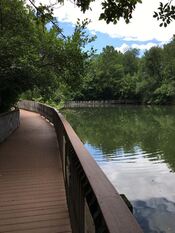 Fountain Rock Park Fountain Rock Park In my professional past, I've had the opportunity (on more than one occasion) to visit rock quarries. I was working on a documentary back in the late 1990s which I named Monocacy: the Pre-history of Frederick County, Maryland. This project involved an investigation into the geologic history of our region, and what better way to see the rocks deep below the ground surface of today, than visiting a quarry? In addition to the old LeGore (current-day Barrick Quarry) near Woodsboro, I also filmed at another large operation north of Buckeystown--the former Essroc Quarry, now known as the Vulcan Materials Company. Of course we have the Martin Marietta Quarry (formerly LaFarge) only a mile from Mount Olivet Cemetery to the southeast. This comprises an earlier quarry known as the M. J. Grove Lime Company. Gravestone conservators like Jonathan Appell have told me that the daily blasts at this site have caused movement to some of our taller, ornate, multi-piece grave monuments over the years. Of course, we all know that East South Street/Reichs Ford Road is no stranger to sinkholes as well thanks to this operation from time to time . In fact, my former in-laws had to have one of their Golden Retrievers rescued after falling into a sinkhole on the Maryland School for the Deaf property north of Monocacy Boulevard. I was also introduced to smaller rock quarries from our past, sprinkled throughout the county, including, of course, the visitor-friendly, former site of the Fountain Rock Quarry. This is a county park today and has a nature center to compliment the remains of lime kilns and a nice boardwalk in which to traverse the water- filled quarry cavity. My kids loved it. From my vast experience in researching Frederick history, I know of many more places once mined for limestone on local farms. A while back, I wrote a "Story in Stone" that featured the Schley Quarry, once located north of the Frederick Fairgrounds property and today's Highland Street. The first quarry that I ever heard of, comes from my youth growing up in the Rocky Springs area northwest of Frederick City. Although I never tried it for myself, I heard stories of kids swimming at a quarry positioned south of Shookstown Road. It's still around, and today is more commonly referred to as Lake Coventry. It's tucked within the residential community of Willowdale, just west of the Frederick Elks Club. At one time, this location was discussed as a possible water reservoir to feed Frederick City but this idea never materialized. This location was infamously memorable to me as I recall the news while I was in high school of a fellow teen, only a couple years older than me, drowning in the old quarry. That was enough to make me leery of quarry swimming for a lifetime. The Shookstown Quarry like others had flooded out many years before from aquifers seeping water through its lowest levels. Many local kids used it as our “swimming hole" for decades. Robin Lee Zimmerman was buried at Resthaven Memorial Gardens. I found an article in the Frederick paper just four months later that reported a car was retrieved from this quarry. I've never seen a quarry used to dispose of stolen vehicles while watching my children play GTA ("Grand Theft Auto" video game series), but apparently it was a thing back in the day. That would be one more reason not to jump in a quarry, as you may land on a car! Not to mention the gas, oil and anti-freeze from the vehicle that now comprises the soothing water. The newspaper articles regarding Mr. Zimmerman's death cite earlier fatalities here at Shookstown in 1977 and 1955. I even read an online recollection from a former co-worker (Jack Spinnler) at Frederick Visitor Center in which he said that he almost lost his life there at the Shookstown Quarry site when he was 16, due to a diving mishap. The deceased in the 1977 incident at Shookstown was a 29 year-old Howard County resident named Emmanuel Lee Wells, Jr. In each of my filming and research sojourns, I asked for, and was duly granted, permission to do what I was doing. I was also accompanied by someone who knew the lay of the land as well. This was an obvious need for the large commercial operations, but I understood the dangers involved with the extant, historic sites, long since abandoned. My greatest takeaway from the experience of visiting these scenic and seemingly peaceful settings--quarries are dangerous places! A site called Geology.com reports that in a typical year, several people die in accidents that occur in abandoned mines across the United States. Some of these deaths could have been prevented if citizens knew the danger of these properties, and if landowners had made better efforts to warn and limit access to said bodies of water. The website also speaks to government's role in having improved programs for reclaiming or regulating these places. The stern warning is as clear as the water in some quarries, "If you are a mineral collector, hiker, recreational vehicle rider, swimmer, or curious person, you have no business entering an abandoned or inactive mine or quarry. In almost every instance, you will be trespassing because abandoned mines and quarries are almost always on private property." Drowning is the number one cause of death in abandoned mining locations. Most people involved in this type of accident originally went to a quarry for swimming or ATV riding. Quarries are extremely dangerous places to swim. Steep drop-offs, deep water, sharp rocks, flooded equipment, submerged wire, and industrial waste make swimming risky. Another risk factor is the very cold water. Many quarry operations excavate to depths below the water table and use pumps to keep the mine dry while it is in operation. When mining stops, the pumps are turned off and the quarry floods by the inflow of cold groundwater. This groundwater inflow can keep the quarry water very cold, even in late summer. Jumping or falling into cold water can be fatal--even for a young healthy person. Here is a quote from the National Institute of Health on how the human body responds to sudden immersion in cold water: "A fall in skin temperature elicits a powerful cardiorespiratory response, termed "cold shock," comprising an initial gasp, hypertension, and hyperventilation despite a profound hypocapnia. The respiratory responses to skin cooling override both conscious and other autonomic respiratory controls and may act as a precursor to drowning." I also wrote a "Story in Stone" about the previously mentioned Grove family tied to multiple quarries. Although focusing on baseball with a pivot point of Harry Grove, namesake of our local stadium, I recalled the family's successful business endeavor at Frederick and another location at Lime Kiln, located on MD route 85 just above Buckeystown. The M.J. Grove Lime Company was one of the largest and most successful companies of its kind. It was founded in 1860 by Manassas J. Grove with his son William. Grove, a Frederick County native born in 1824, worked as a teacher, merchant, surveyor, and postmaster until he decided to capitalize on the increasing use of lime for agricultural purposes. He purchased a tract of limestone land along the main line of the Baltimore & Ohio Railroad, five miles south of Frederick, which became the village of Lime Kiln, and began manufacturing lime. In 1889, the company purchased the property known as the Brengle Lime Kilns from Thomas Schley and Raymond Reich, as well as the lime kilns of Samuel Hoke, which were located at the southeast edge of the city, near present day Interstate 70 and Reich’s Ford Road. The property included six lime quarries with 14 iron clad kilns for burning. In November, 2020, The City Of Frederick's Preservation Planner, Lisa Mroszczyk Murphy, wrote about Frederick's quarries in her amazing Preservation Matters series found in the Frederick News-Post. She had this to say about the father of our stadium namesake (Harry Grove): "In 1902, the M.J. Grove Lime Company erected a stone crushing mill at the Frederick plant to supply crushed stone for railroad ballast and hard surfaced roads. In 1905 the company entered into road building and bridge construction and went on to build one of the first concrete roads in the state. By 1906, the company was producing 1,000,000 bushels of lime yearly and established itself as one of the largest industries in the county. The company also established quarries in Buckeystown, Stevens City, Virginia, and Washington, D.C. M.J. Grove died in 1907 and his sons continued to operate the company well into the 20th century. In 1910, a report by the Maryland Geological Survey described the Frederick quarry of the M.J. Grove Lime Company as the largest near Frederick. It also reported that they operated 17 kilns and had other steel-clad kilns under construction. Notable projects by the company included supplying stone for the White House grounds and for water filtration at McMillan Reservoir in Washington, D.C. In 1925, a concrete and cinder block plant was constructed at the Frederick location in order to utilize the fines from the crushed stone plant. In 1960, the company became a division of the Flintkote Company." So back to abandoned quarries, I recently came across an early tragedy involving the site tied to the Grove's operation at Lime Kiln. This event involved a father and son, James F. Burch, a Virginia native from Loudoun County, and his five-year-old son, William Clarence. This event occurred in August, 1901. I immediately wanted to locate this quarry and went to an atlas map and Google Earth for clarification. James and Clarence were laid to rest in Mount Olivet's Area K on the northern boundary of the cemetery near the Key Chapel location. During the Civil War, this exact location was the site of "a Union Row" of graves of northern soldiers who died of wounds suffered at nearby battlefields or of disease/illness. Many of these grave spots were repurposed as single grave lots, many going to destitute persons and infant decedents after the vast majority of soldiers were relocated to the national cemetery at Sharpsburg which opened in 1868. I was interested to learn more about Mr. Burch and his backstory. We didn't find much. James F. Burch's parents were Francis E. Burch and Henrietta P. Newton Burch. He was born in Loudoun Co, VA, but the family moved to the Poolesville area in the 1870s. His parents and various other aunts, uncles and relatives are buried at Monocacy Cemetery in Beallsville. James didn't own property, and worked as a laborer for the Grove Lime Company. My assistant Marilyn could not pinpoint exactly where he and his family were living, but it was likely Lime Kiln or neighboring Buckeystown to the south. Speaking of south, the Findagrave record for Francis Burch says that he was a Confederate Veteran, 1861-1865 (American Civil War), as a member of "Jacob's Mounted Riflemen", Mounted Infantry, VA. There are no military records of his service with the Confederate States of America (CSA) that we could find. Henrietta Burch died in 1906 in Washington, DC. Two of her children also lived in DC. James F. Burch's siblings included Henry Clay Burch and Robert Lee Burch, (historical figure names) as well as a sister Margaret (Burch) Dove. As an aside, one of Margaret Dove's daughters became Sister Mary Ignatius Loyola Dove, and is buried at the Visitation Convent Cemetery here in Frederick. Another sibling of James F. Burch was John Lewis Burch, who died after jumping off a railroad bridge in Washington, DC in 1909. As if the loss of her husband and young son wasn't terrible enough, Jennie (Carson) Burch would be widowed and now found herself as the single parent of seven children. To add to the family's plight, Jennie died just nine months later, perhaps due to complications of childbirth with son James Francis (b. April 22nd, 1902). She would be buried in an adjoining lot (K67) and her name carved on the same monument with her husband and son. I became very curious of what became of the orphaned children including Johnson who eye-witnessed the deaths of his father and younger brother at the quarry back in August, 1901. James and Jennie Burch's surviving children were: 1.) Katherine Virginia Burch (Aug. 1885-1934, married Charles Martin Paris in 1913 in Washington, DC). 2.) Mildred Alice Burch (Nov. 1886 - 1942) is buried here in Mount Olivet near her parents grave in Area X/Lot 1. 3.) Robert E. L. Burch (Jan. 1889 - Dec. 4th, 1911) - funeral notice attached; it says that he attended Buckingham School and that he died as a result of injuries from his railroad job. Buried at Mount Olivet in the same grave lot as James and William Clarence (Area K/Lot 64), however his name was not placed on the monument. 4.) Thomas Johnson Burch (Aug. 16th, 1892/1893 - May 7th, 1930) who is buried at Mount Olivet under the name Johnson Burch. I couldn't find him in the 1910 census or later, but did locate his WW1 draft registration. The Charles Black for whom he was working in 1917 is probably the Charles N. Black (1886-1983) buried at Mount Olivet in Area L. Johnson died of pneumonia and is recorded as being buried in Area K/Lot 51, a few yards away from other family members in an unmarked grave. 5. )William Clarence Burch was the original victim of the Grove Quarry accident of 1901. 6.) Frances C. Burch (Mar 1899-1960) - in 1910 she was in the Loats Asylum. In 1918, she married George Washington Grantham in Washington, DC. Apparently after he died in 1940, she married Charles Woods Adams. 7.) James Francis Burch (April 22nd, 1902 - Aug. 28th, 1971) was born after his father's death. As mentioned above, his mother died May 16th 1902, perhaps due to complications of his birth. In the 1910 census, he is shown as an orphan in the household of Richard Carlisle in Barnesville. In the 1920 census, he is listed as the adopted son of Richard Carlisle. By 1930, he was married, but his wife (Francis E. Johnson) died shortly thereafter, and in 1940 James was lodging with Lucy Carlisle (daughter of Richard Carlisle) in Boyds. His youngest son, Robert Lee Burch, was an Army corporal in WWII and is buried at Riverside National Cemetery in California. Isn't it fascinating (and extremely troubling) how a sudden, unexpected accident at a quarry can change a family's fortunes forever? This particular situation with the Burch family would not be considered careless, but just terribly unfortunate. Regardless, please seek the tranquil waters of a pool or ocean if you can, lifeguards are given that name for a reason. Special bonus below, click to see Frederick quarry footage east of MD Route 355.
4 Comments
Maria Feeney
8/24/2022 12:27:46 pm
Hello, I am a current resident of Lake Coventry!
Reply
Dory
8/24/2022 01:24:41 pm
We used to cliff dive at Lime Plant Quarry off of Detrick Rd in Mt Airy in the 70s & 80s. Do you know anything about that one? It had an old wooden building 3-4 stories tall (from my memory) that we used to climb, as well as a rope swing. We heard about the kid getting caught in the cables at Buckeystown, but it was word of mouth info and I always thought that was an urban legand until your article! Thank you for the facinating history lesson!
Reply
Seamus F.
10/1/2022 06:42:45 pm
I grew up off of Shookstown Rd in the 80s and while I was much younger than the drowning victim, I can remember this incident vividly. My parents told me that he got caught in cables under the water and that is how he drowned. I wasn't sure if they were just trying to scare me or if that is what really happened, but it worked! We always stayed away from the quarry because we were afraid of drowning. Thanks for putting all of this together.
Reply
Carlos Monzon
4/25/2023 03:01:09 pm
Do you have any info about the quarries on Lime Plant Rd?
Reply
Leave a Reply. |
STORIES
|
Archives
July 2024
June 2024
May 2024
April 2024
March 2024
February 2024
January 2024
December 2023
November 2023
September 2023
August 2023
July 2023
June 2023
May 2023
April 2023
March 2023
February 2023
January 2023
December 2022
November 2022
October 2022
September 2022
August 2022
July 2022
June 2022
May 2022
April 2022
March 2022
February 2022
January 2022
December 2021
November 2021
October 2021
September 2021
August 2021
July 2021
June 2021
May 2021
April 2021
March 2021
February 2021
January 2021
December 2020
November 2020
October 2020
September 2020
August 2020
July 2020
June 2020
May 2020
April 2020
March 2020
February 2020
January 2020
December 2019
November 2019
October 2019
September 2019
August 2019
July 2019
June 2019
May 2019
April 2019
March 2019
February 2019
January 2019
December 2018
November 2018
October 2018
September 2018
August 2018
July 2018
June 2018
May 2018
April 2018
March 2018
February 2018
January 2018
December 2017
November 2017
October 2017
September 2017
August 2017
July 2017
June 2017
May 2017
April 2017
March 2017
February 2017
January 2017
December 2016
November 2016

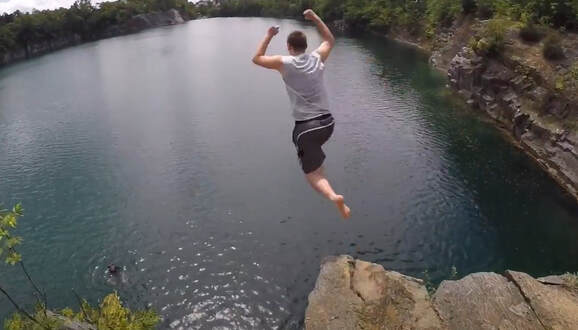
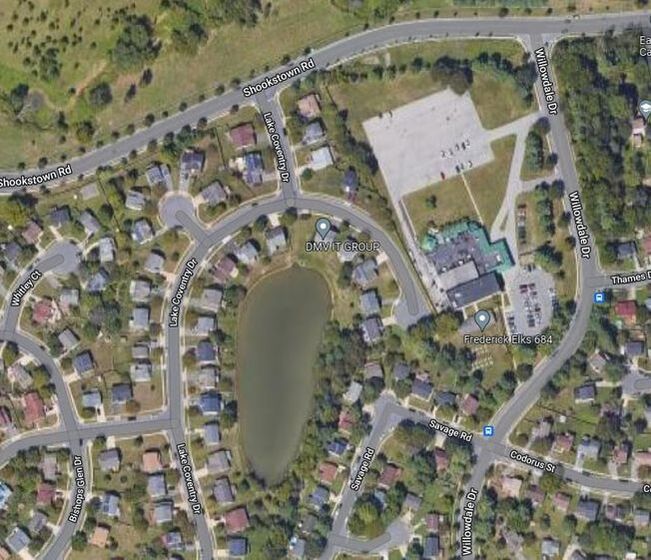
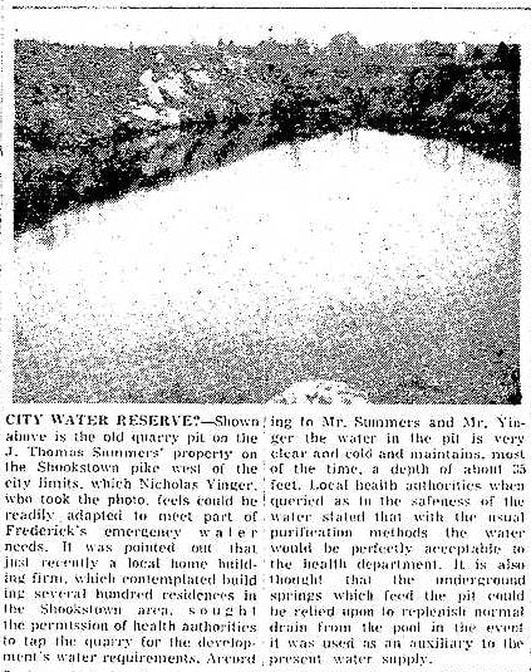
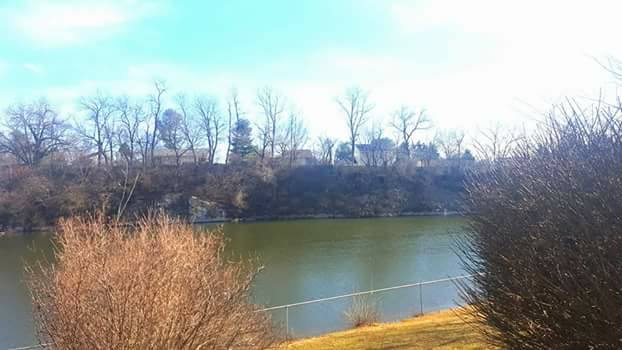
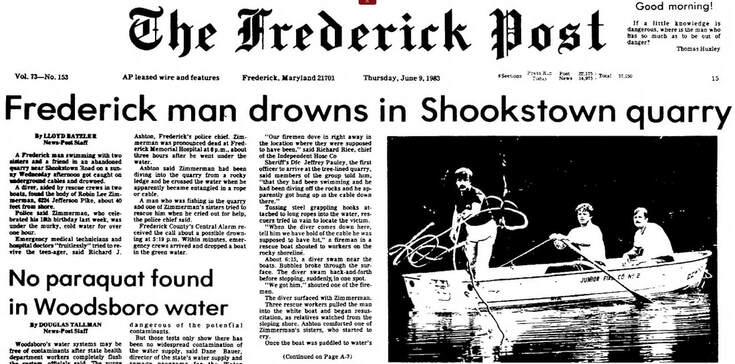
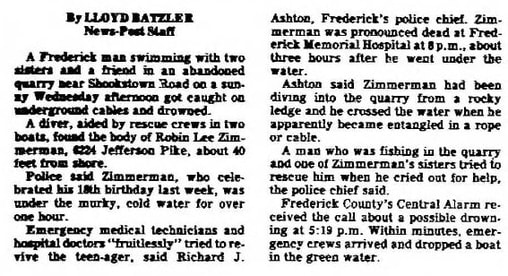
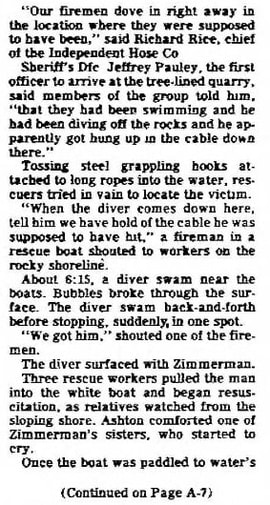
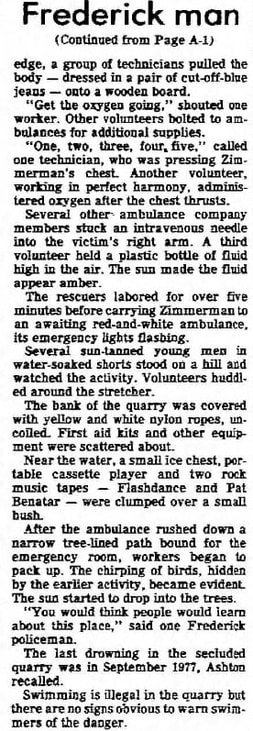
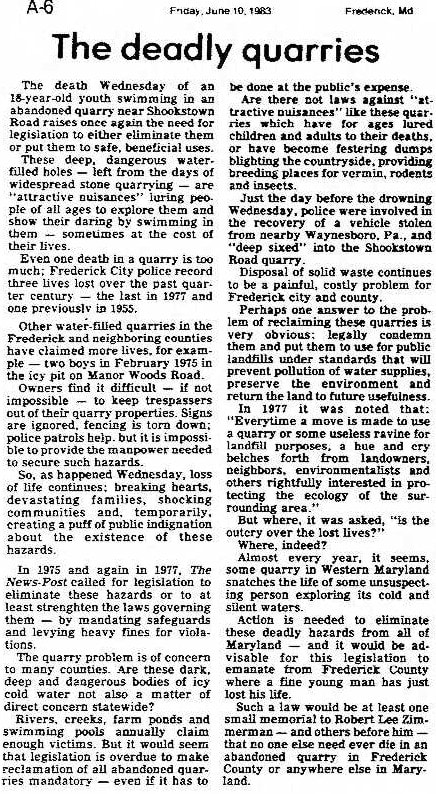
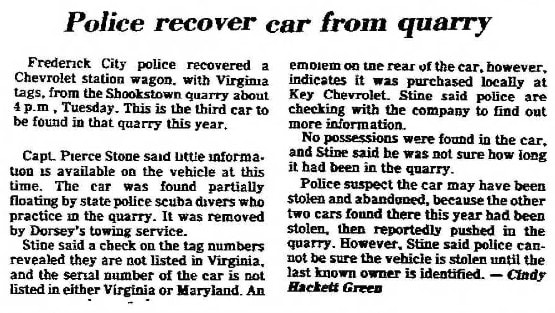
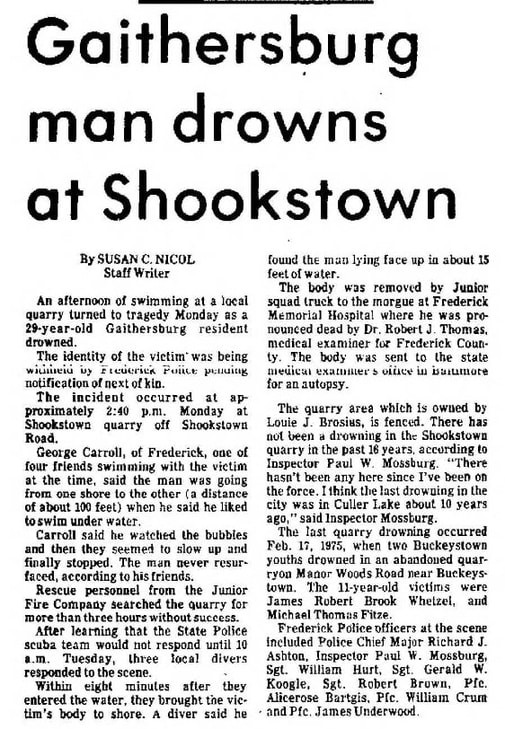
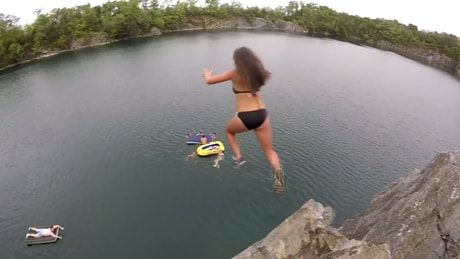
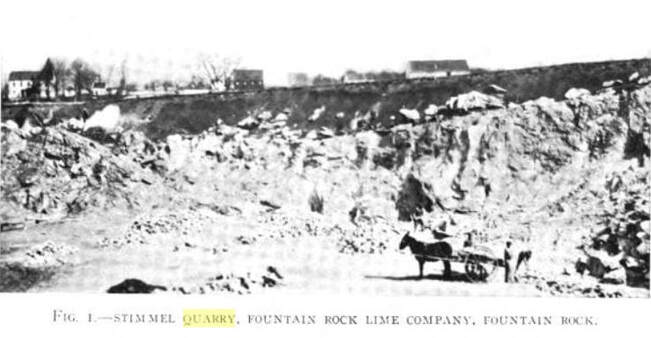
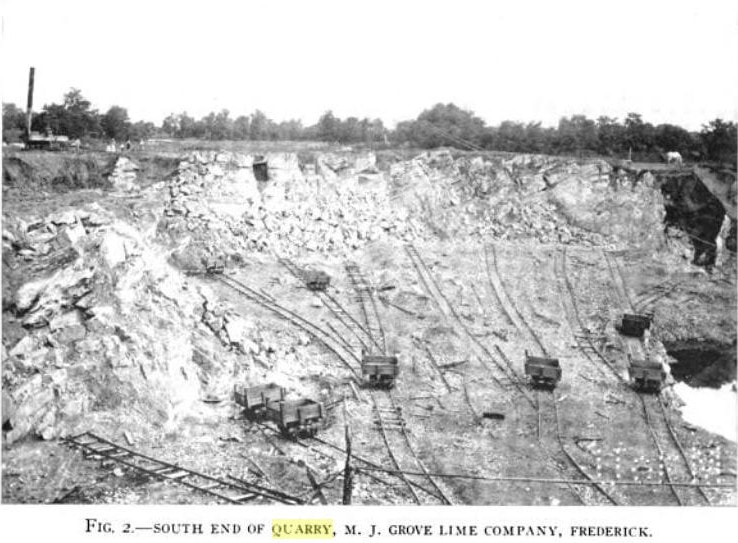
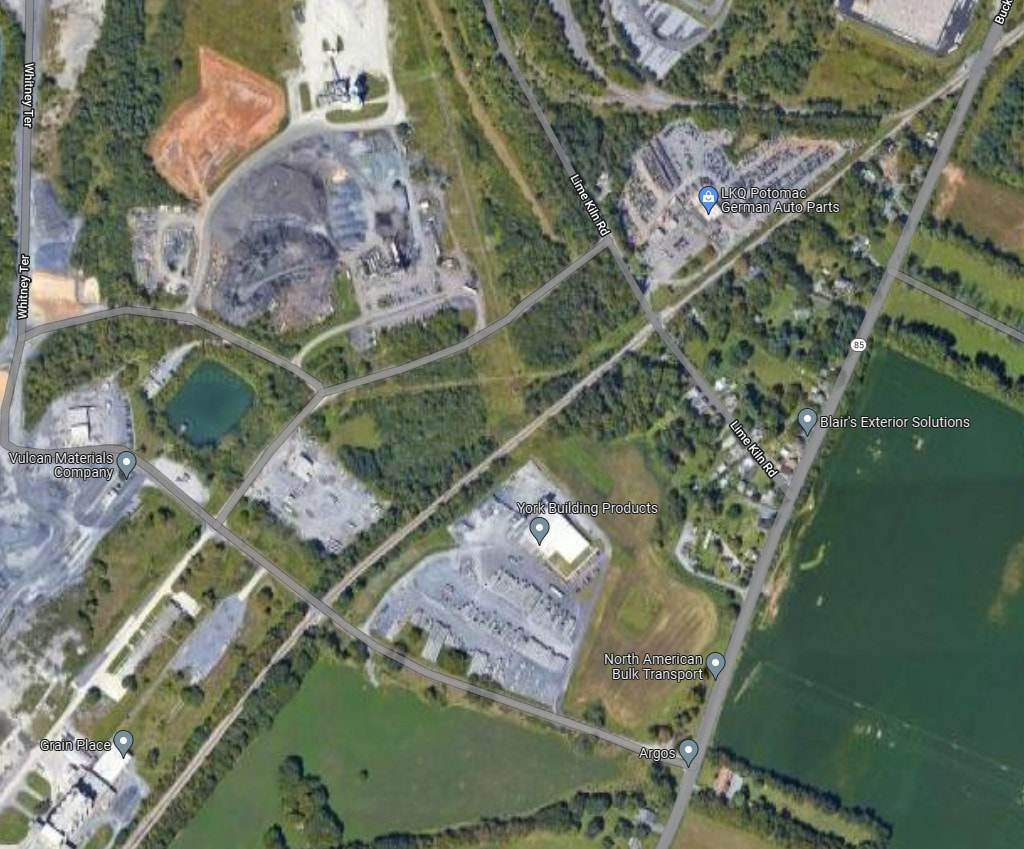


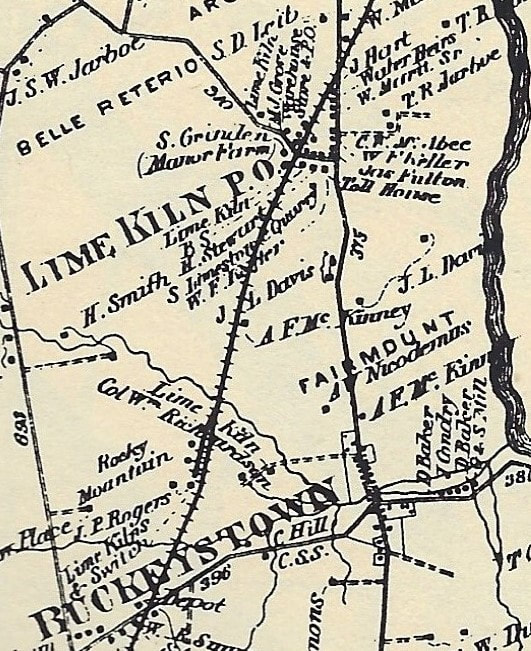
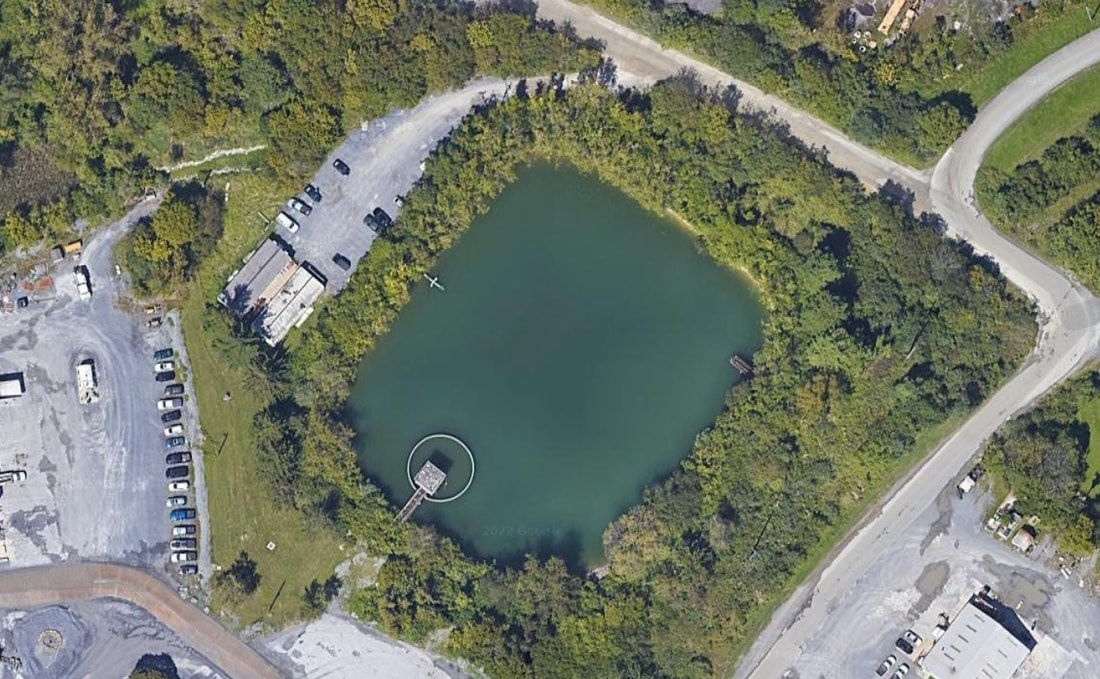
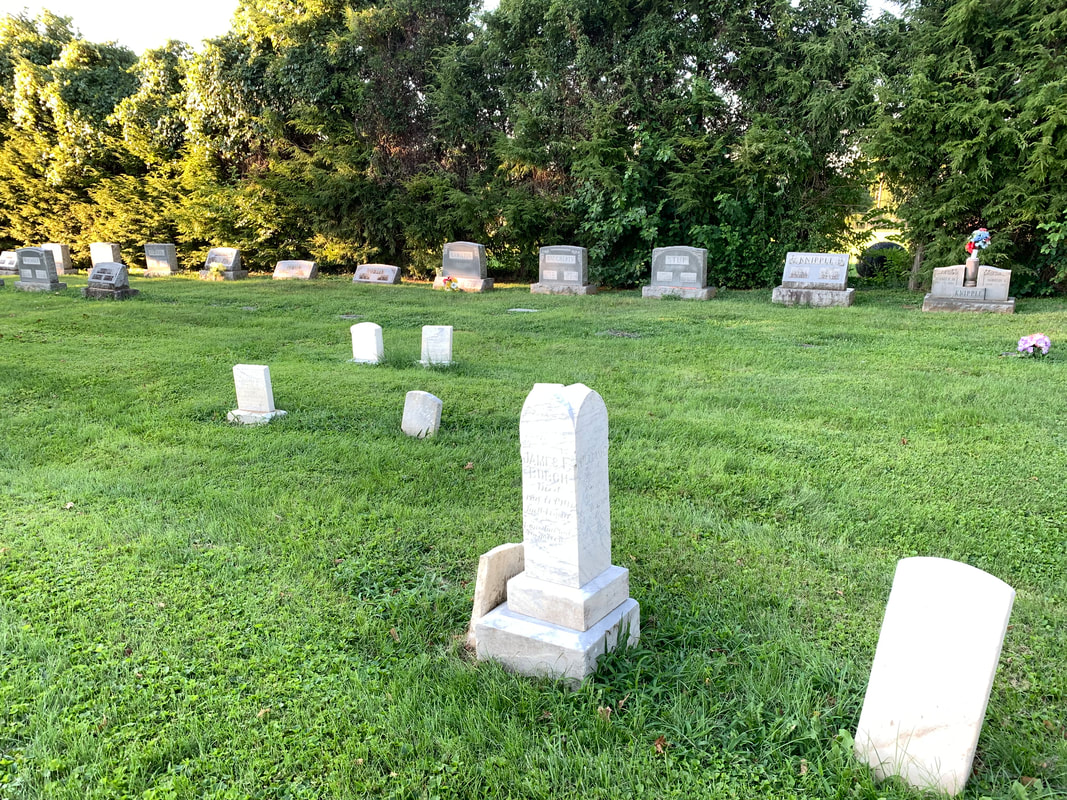
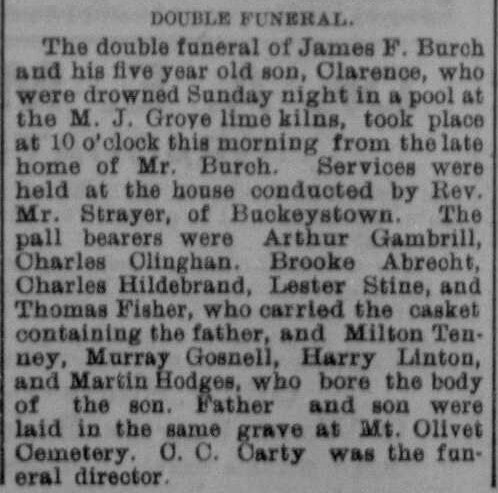
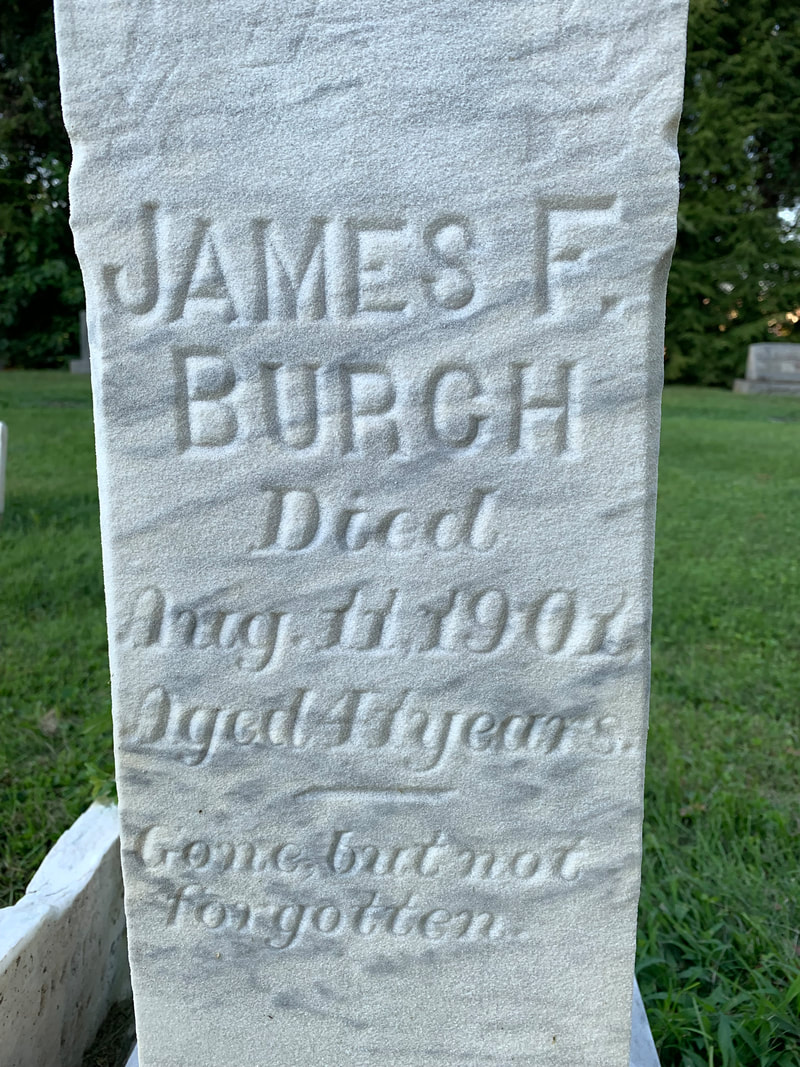
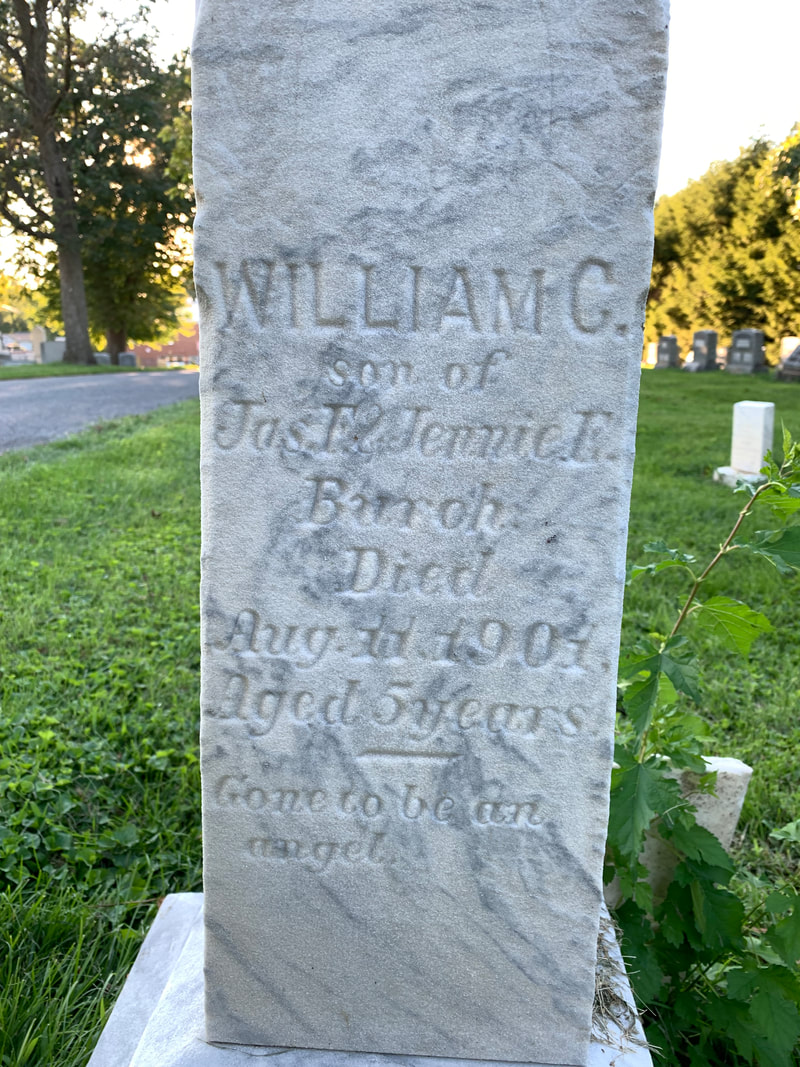

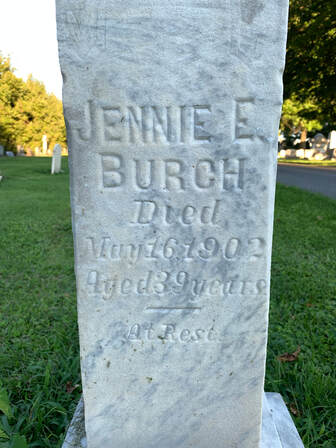
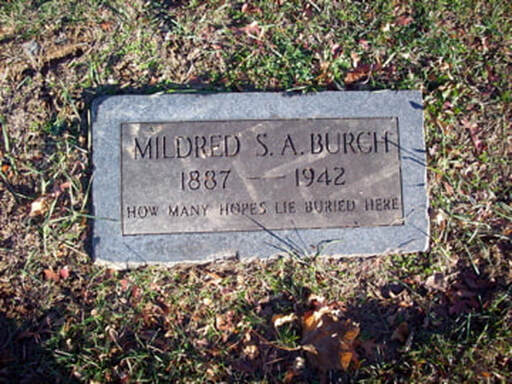

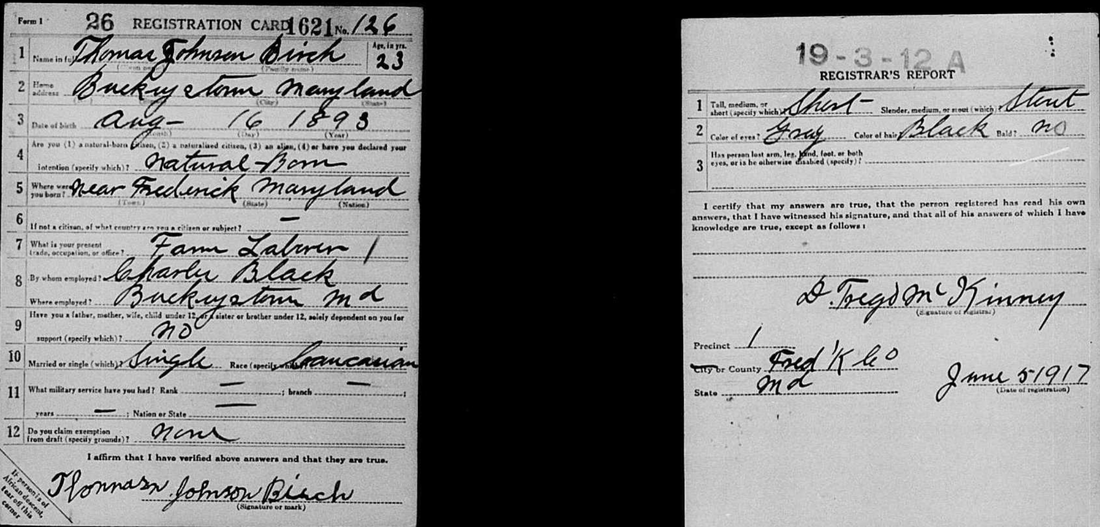
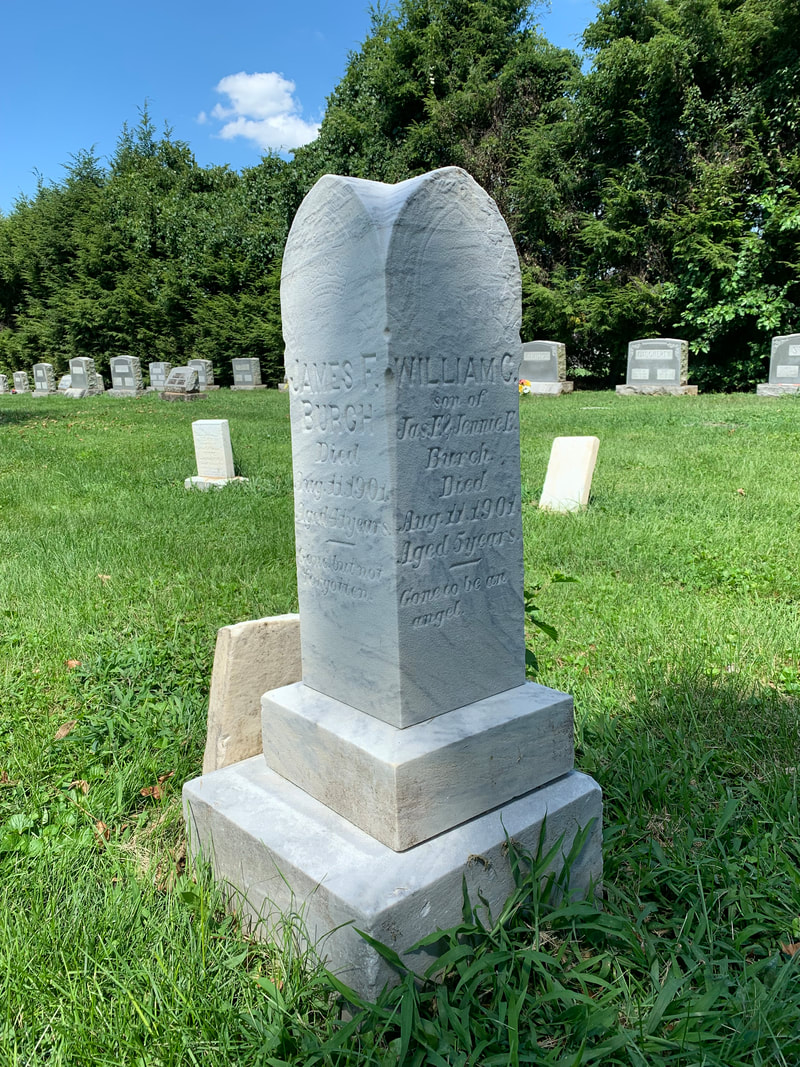

 RSS Feed
RSS Feed